

Damion Smy
Ford Everest Tremor gets 260kW V6 ‘Ranger Raptor’ treatment
15 Minutes Ago

Contributor
Mini has given its most recognisable car a new look for 2021.
The Mini Hatch has been facelifted in both three- and five-door guises, in an attempt to keep it fresh more than seven years after its launch.
It’ll be here in the second half of 2021, with a petrol-only range starting with the three-cylinder Cooper (100kW/220Nm), moving through the four-cylinder Cooper S (141kW/280Nm), and topping out with the John Cooper Works (170kW/320Nm).
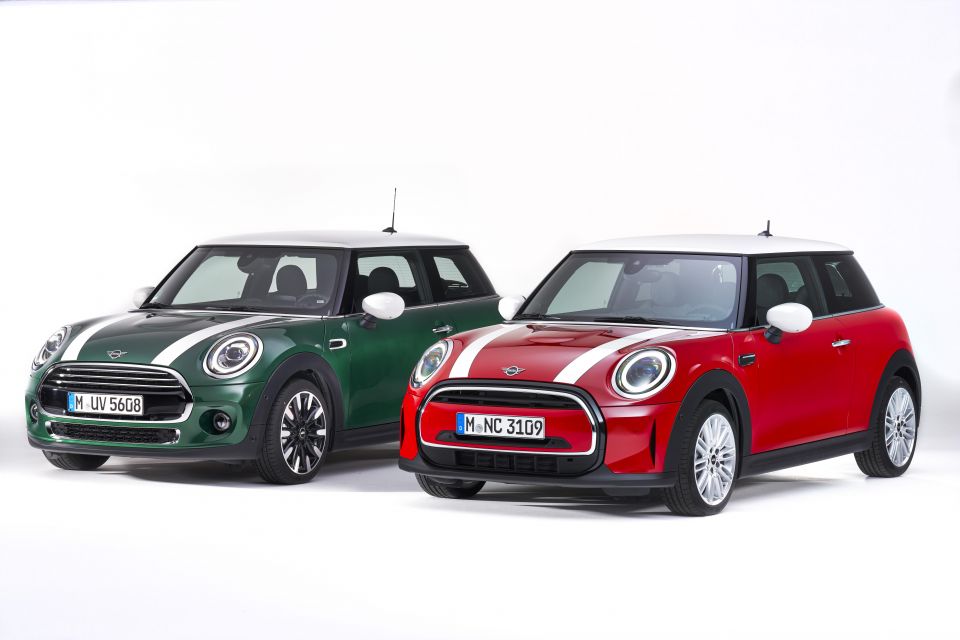
The five-door hatch will be available only in Cooper and Cooper S guises, while the updated Convertible will have the same three-pronged range as the three-door hatch.
In its second mid-life update, the Mini has been treated to a cleaner front end design and LED headlights as standard across the range. Down back there are detail changes to the bumpers and diffusers, and the car rides on a range of new alloy wheels.
There’s also a new set of adaptive dampers available, thanks to the addition of a new valve capable of smoothing out sharp pressure peaks in in the damper.
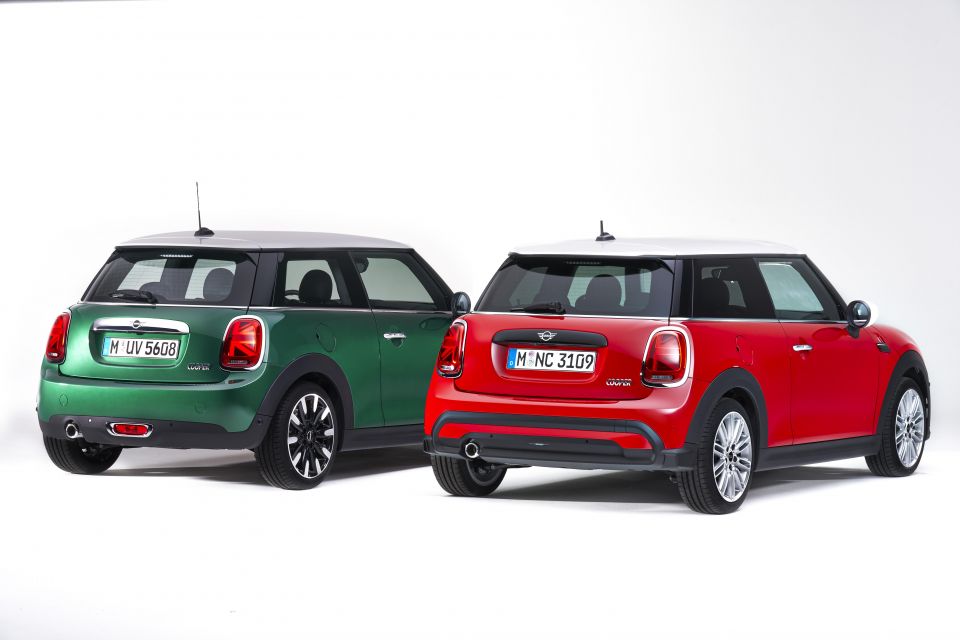
Mini has added a new multi-tone roof option to the car, allowing owners to choose a psychedelic colour transition to the roof of their car in the place of the current contrast and striped options.
Bigger changes have been made inside, where the range features a fresh 8.8-inch infotainment display and the option of the digital instrument binnacle from the Mini Electric and Mini JCW GP.
Gone are the piano black buttons from below the infotainment screen, replaced with capacitative touch-based buttons for a cleaner design.
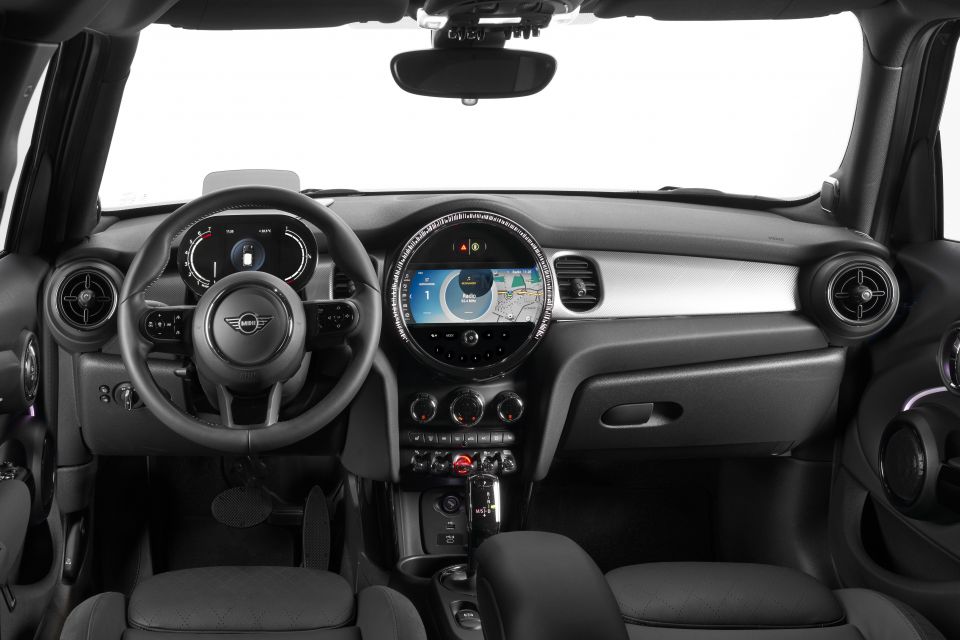
The dashboard has been redesigned for 2021, and there are new trim pieces and ambient lighting options to keep things fresh.
For the first time, the Mini Hatch packs an electric parking brake, and the adaptive cruise control has stop/go. There’s also lane-departure warning.
A range of new colours will be offered across the line-up.
As for why Mini is updating its Hatch again? The next-generation has been delayed until 2023 per a report from Reuters.

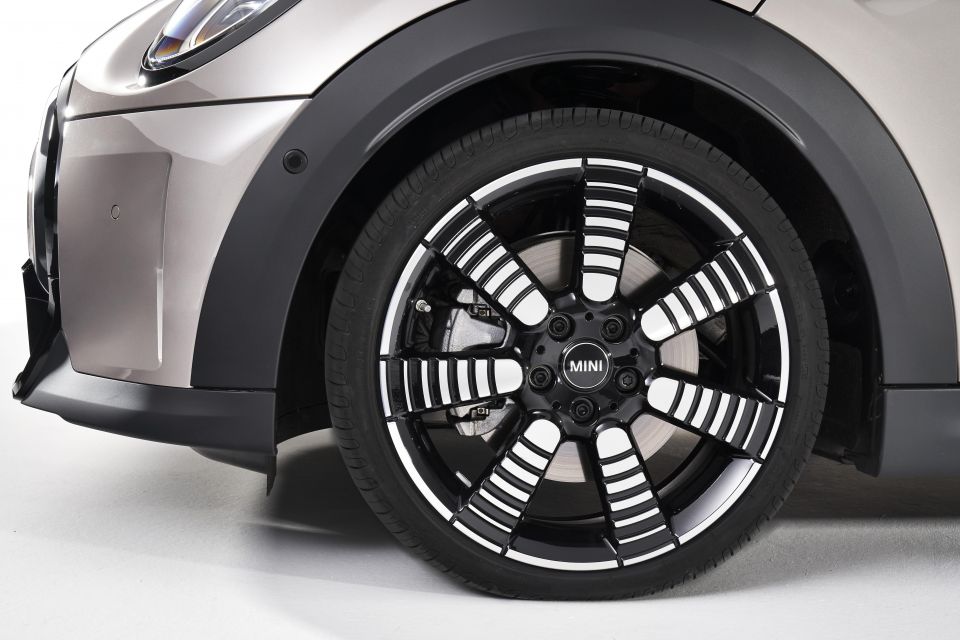
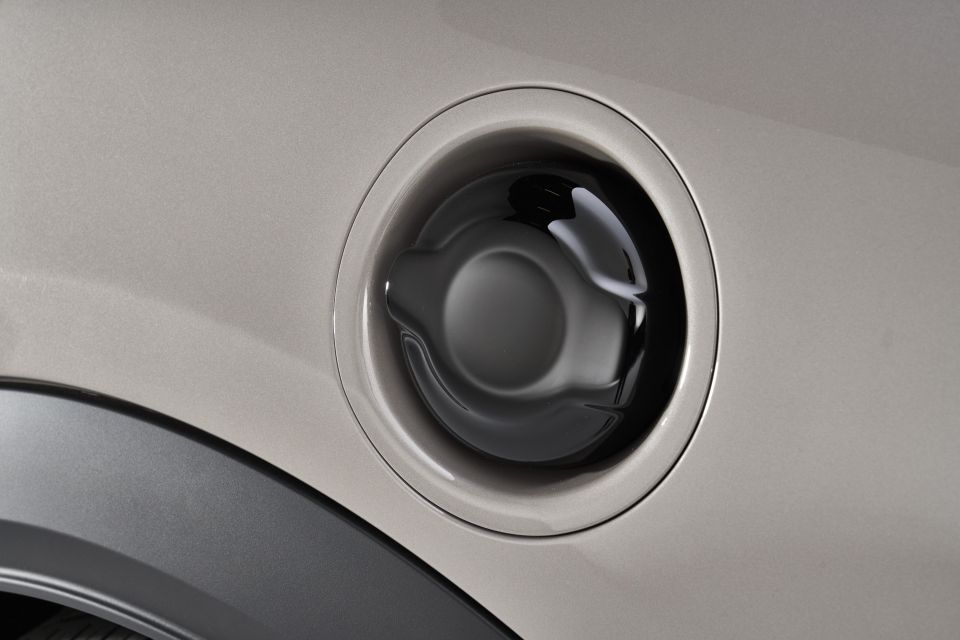
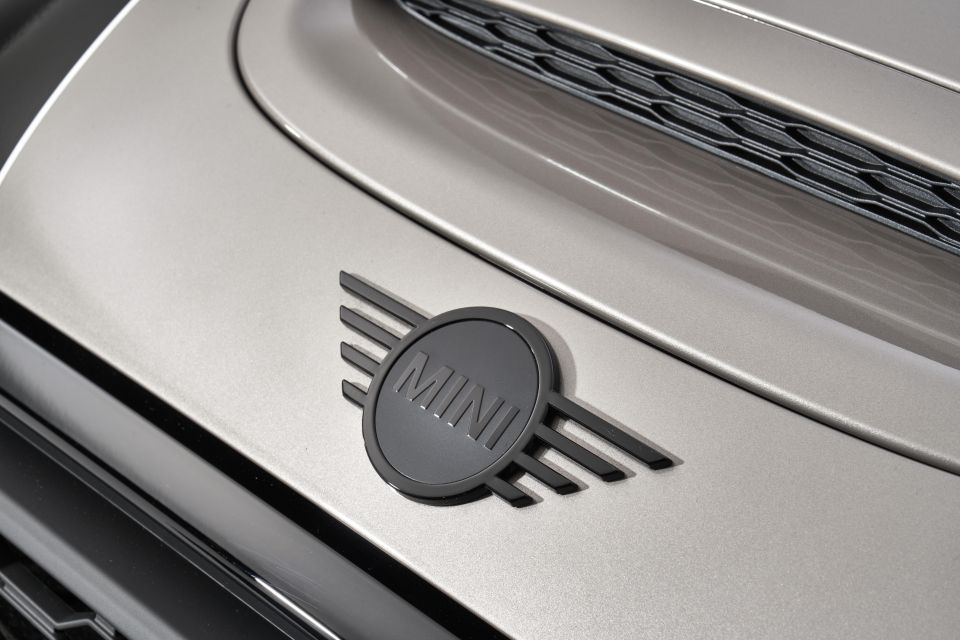
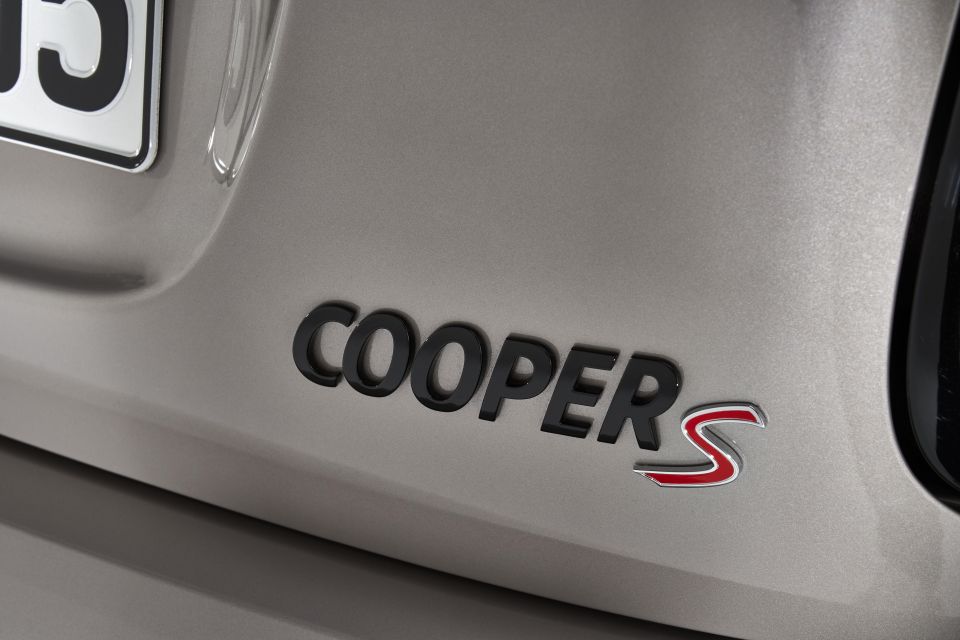
“The lifespan of this platform has been extended,” BMW spokesman Maximilian Schoeberl told Reuters. “For cost reasons and because of Brexit.”
BMW is looking to find €12 billion (A$19.5 billion) in savings by the end of 2022. As part of that, it’s cutting the number of powertrain combinations it offers, and reducing vehicle development costs.
With a Brexit deal only now taking shape, there’s been significant uncertainty for the German automaker, particularly for a product in a traditionally less profitable segment and against a backdrop of emissions standards forcing automakers to invest in electrification.
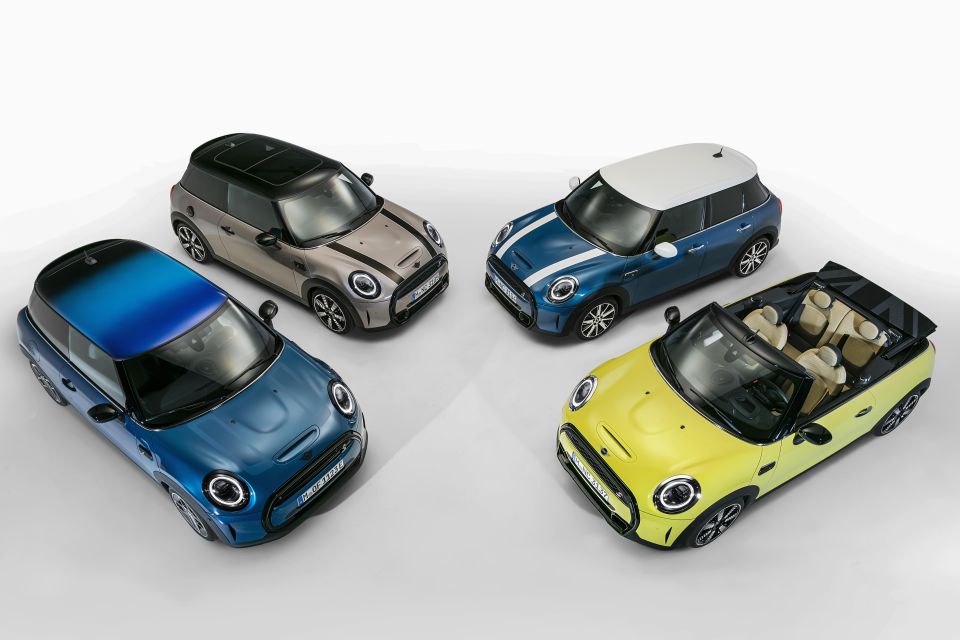
The current cars are the only vehicles on BMW’s UKL1 platform. The larger UKL2 architecture, in contrast, is host to a wide variety of models, from the Mini Clubman and Countryman to the new BMW 2 Series Gran Coupe.
Although it’s been forced to push back the launch of its next ‘base’ Hatch, Mini hasn’t slowed down its development pipeline entirely.
Rumours about an all-electric John Cooper Works hatch last year proved true, although details are scarce at the moment.
Where expert car reviews meet expert car buying – CarExpert gives you trusted advice, personalised service and real savings on your next new car.
Scott Collie is an automotive journalist based in Melbourne, Australia. Scott studied journalism at RMIT University and, after a lifelong obsession with everything automotive, started covering the car industry shortly afterwards. He has a passion for travel, and is an avid Melbourne Demons supporter.


Damion Smy
15 Minutes Ago


CarExpert.com.au
2 Hours Ago


Ben Zachariah
3 Hours Ago


Max Davies
4 Hours Ago


Derek Fung
4 Hours Ago


Derek Fung
5 Hours Ago